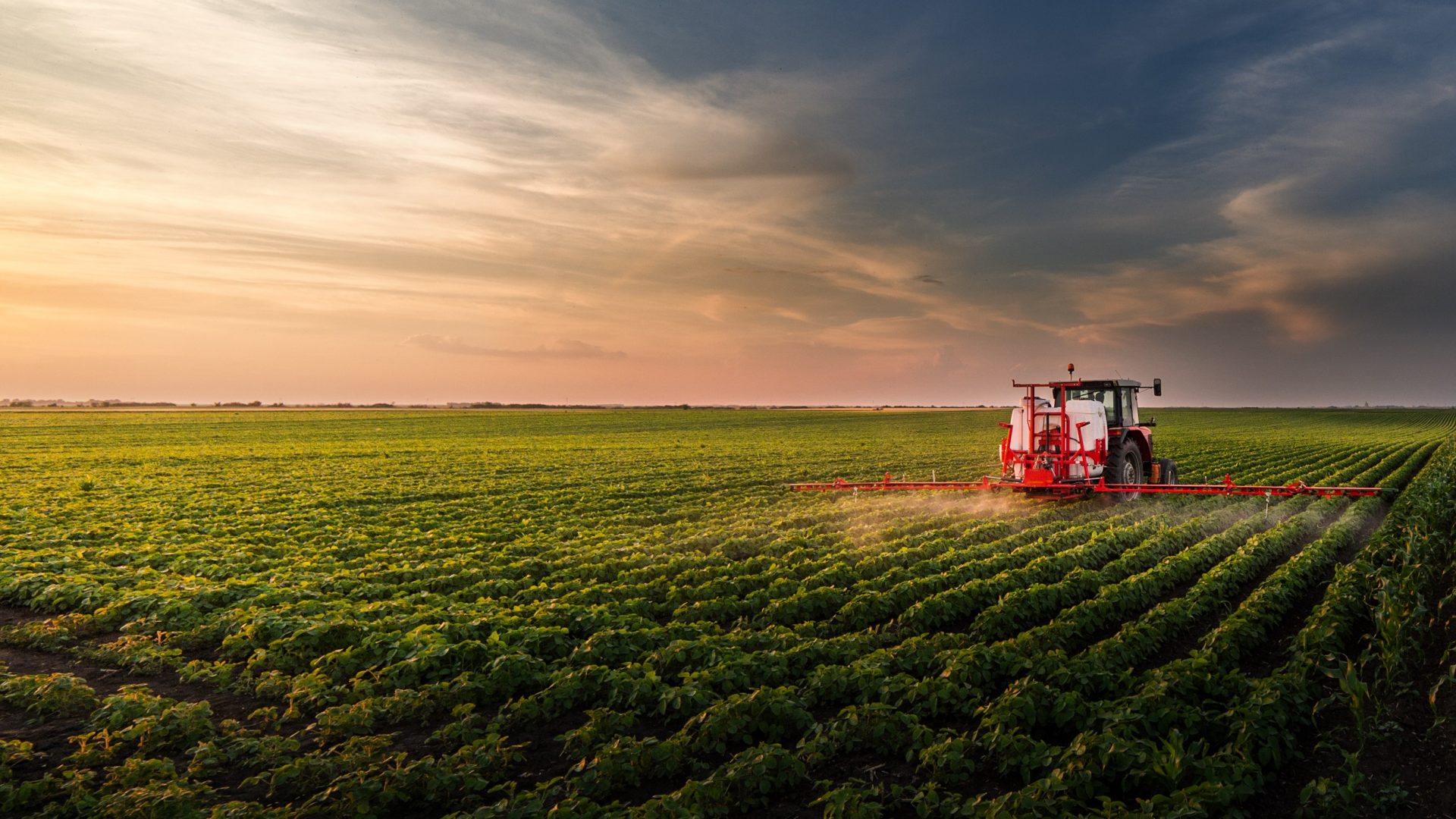A project to improve the water environment in Dorset’s Stour catchment has successfully gained a sixth year of funding from the Environment Agency.
The Stour Headwaters project is a partnership between many organisations, including Farming and Wildlife Advisory Group South West (FWAG), the Stour Catchment Initiative, Catchment Sensitive Farming (CSF), Dorset Wildlife Trust and Dorset Area of Outstanding Natural Beauty.
Its aim is to improve water quality, increase biodiversity and reduce flood risk.
Luke Kozak, Environment Agency project manager, said:
“Historically, high river flows following rainfall have washed sediments and nutrients into the Stour and its tributaries. The watercourse is pretty unique as it has stretches flowing over clay, and chalk – such as the Shreen Water near Gillingham.
“Project partners will continue this year to work with farmers within the catchment to ‘slow the flow’ from their land, reducing flood risk in downstream communities and reducing the loss of sediment and nutrients, thereby improving water quality.”
Last year project partners engaged with 12 farms in the headwaters of the Stour.
A key success of the project so far has been the development of an innovative herbal ley trial, using an adapted tilling attachment on the back of a tractor.
Herbal leys are temporary grasslands made up of legume, herb and grass species.
The unique action of the adapted attachment activates soil life. It triggers regenerative soil function in a way that improves soil structure. It builds soil carbon through carbon sequestration and increases water holding capacity and nutrient presence and availability – this improves fertility and increases plant growth.
Other successes include:
- At 4 farms along the upper Stour, Lodden and Fern Brook new woodland areas have been created to intercept run-off, whilst also improving the habitat.
- In response to the October 2021 flooding in Motcombe a farmer in the Fern Brook installed 10 large woody debris dams to slow the flow and is this year creating 2.5 hectares of woodland.
- On the River Cale 0.5 kilometres of fencing has been installed, keeping cattle out of the watercourse, improving water quality and habitats.
- An event for farmers, helping them understand how agricultural run-off can affect watercourse.
- Farm visits to advise on slurry and manure management.
Environment Agency £50,000 funding for 2022/23 will enable the Stour Headwaters project to continue. Further farm visits and events are planned, and schemes with farmers to slow the flow upstream of Divelish, Bishops Caundle and Buckland Newton, communities that were affected by flooding in October 2021.
To further reduce the risk of flooding in Motcombe, the project aims to extend the area of large woody debris and slow the flow in the Fern Brook, a tributary of the Lodden.



